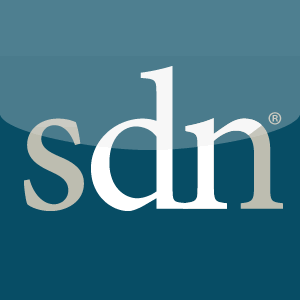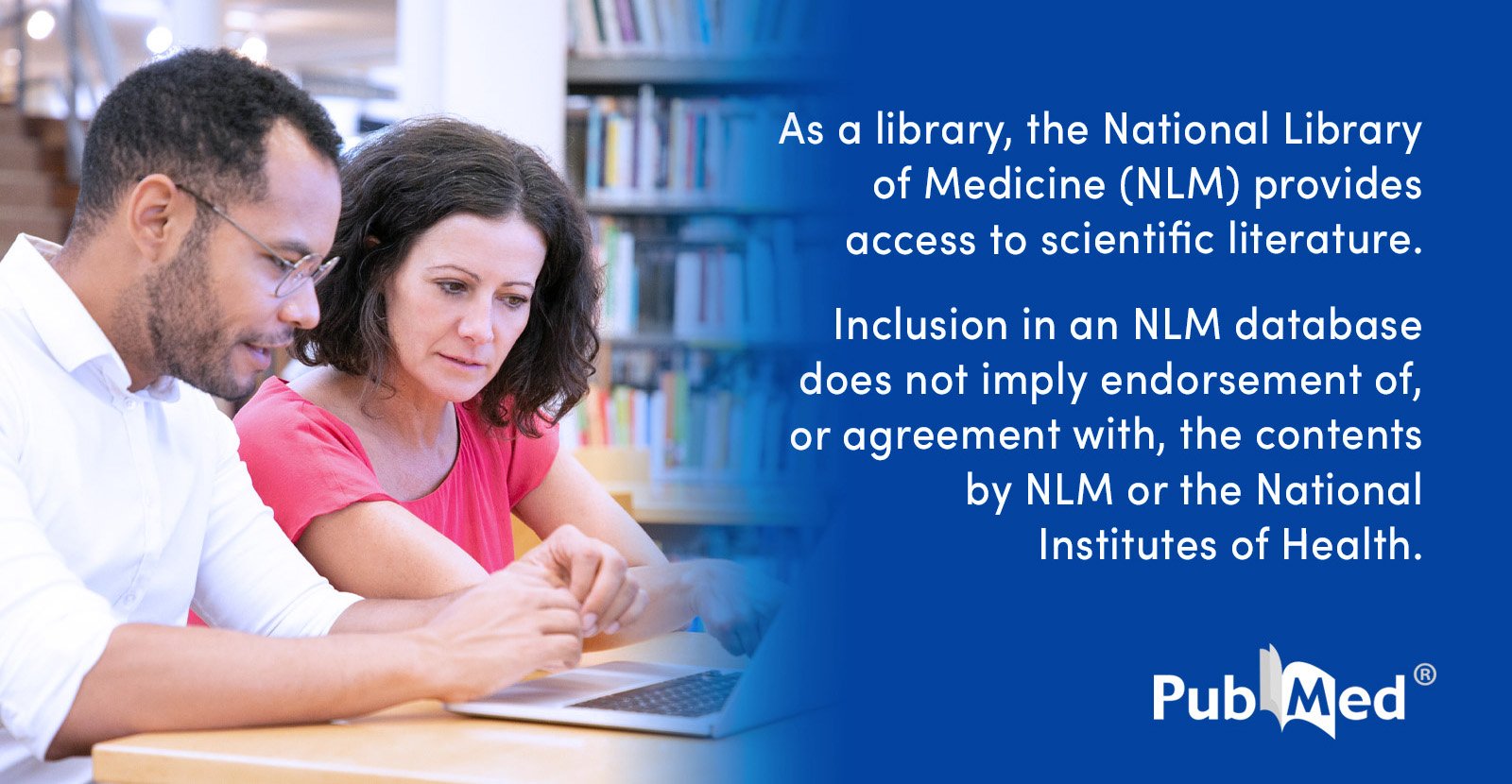- Joined
- Jul 14, 2020
- Messages
- 1,623
- Reaction score
- 4,739
- Points
- 2,016
- Attending Physician
Agree, in their analysis this ratio was most predictive of outcomes for patients with early stage disease treated by surgery. This is not intuitive if the ratio was really predictive of changes in natural history of malignancy.It’s like saying pts with better performance status do better.




